Intelligent recognition system based on federated learning
DOI: 10.23977/autml.2025.060109 | Downloads: 12 | Views: 525
Author(s)
Lan Xiaoping 1, Niu Wenxue 1, Ge Lina 1, Wang Zhe 1
Affiliation(s)
1 School of Artificial Intelligence, Guangxi University, Nanning, 530006, China
Corresponding Author
Lan XiaopingABSTRACT
With the rapid development of deep learning, target detection algorithms have been widely used, but the traditional target detection methods need to collect a large number of labeled sensitive data, which is likely to violate user privacy and data confidentiality. As a privacy-preserving distributed machine learning method, federated learning enables end-to-end computer vision tasks, where image annotation and training tasks are moved to the edge, while only model parameters are sent to the aggregation server for aggregation. This paper proposes a kind of edge auxiliary iot intelligent recognition based on federal learning system, the system adopts the terminal layer, edge service layer, network layer and cloud center service layer four layer architecture, can analyze the distribution of detailed statistics, in the way of privacy protection, auxiliary iot devices for safe and intelligent object recognition.
KEYWORDS
Federated Learning; Intelligent Recognition System; Differential Privacy; Convolutional Neural Network; CNN; Data IslandCITE THIS PAPER
Lan Xiaoping, Niu Wenxue, Ge Lina, Wang Zhe, Intelligent recognition system based on federated learning. Automation and Machine Learning (2025) Vol. 6: 78-89. DOI: http://dx.doi.org/10.23977/autml.2025.060109.
REFERENCES
[1] Bayoudh K. A survey of multimodal hybrid deep learning for computer vision: Architectures, applications, trends, and challenges[J]. Information Fusion, 2023: 102217.
[2] Saini M, Susan S. Tackling class imbalance in computer vision: a contemporary review[J]. Artificial Intelligence Review, 2023, 56(Suppl 1): 1279-1335.
[3] LeCun Y, Bengio Y, Hinton G. Deep learning[J]. nature, 2015, 521(7553): 436-444.
[4] Menghani G. Efficient deep learning: A survey on making deep learning models smaller, faster, and better[J]. ACM Computing Surveys, 2023, 55(12): 1-37.
[5] Dou Hui, Zhang Lingming, Han Feng, et al. Review of interpretability studies of convolutional neural networks [J]. Journal of Software, 2024,35 (01): 159-184.
[6] Talaei Khoei T, Ould Slimane H, Kaabouch N. Deep learning: Systematic review, models, challenges, and research directions[J]. Neural Computing and Applications, 2023, 35(31): 23103-23124.
[7] Mcmahan B, Moore E, Ramage D, et al. Communication-efficient learning of deep networks from decentralized data[C]//Artificial intelligence and statistics. Ft Lauderdale, USA: PMLR, 2017: 1273-1282.
[8] Xiao Xiong, Tang Zhuo, Xiao Bin, et al. Review of Privacy Protection and Security Defense Research in Federal Learning [J]. Journal of Computer Science, 2023,46 (05): 1019-1044.
[9] KhoKhar F A, Shah J H, Khan M A, et al. A review on federated learning towards image processing[J]. Computers and Electrical Engineering, 2022, 99: 107818.
[10]Chaddad A, Wu Y, Desrosiers C. Federated learning for healthcare applications[J]. IEEE Internet of Things Journal, 2023, 11(5): 7339-7358.
[11] Muhammed D, Ahvar E, Ahvar S, et al. Artificial Intelligence of Things (AIoT) for smart agriculture: A review of architectures, technologies and solutions[J]. Journal of Network and Computer Applications, 2024: 103905.
[12] Pandya S, Srivastava G, Jhaveri R, et al. Federated learning for smart cities: A comprehensive survey[J]. Sustainable Energy Technologies and Assessments, 2023, 55: 102987.
[13] Zhou J, Lu Q, Dai W, et al. Guest editorial: Federated learning for industrial IoT in industry 4.0[J]. IEEE Transactions on Industrial Informatics, 2021, 17(12): 8438-8441.
[14] Li H, Ge L, Tian L. Survey: federated learning data security and privacy-preserving in edge-Internet of Things[J]. Artificial Intelligence Review, 2024, 57(5): 130.
[15] Xu W, Li W, Wang L. Research on Image Recognition Methods Based on Deep Learning[J]. Applied Mathematics and Nonlinear Sciences, 9(1): 1-14.
[16] Zhang H, Li J, Liu S, et al. A Human Body Infrared Image Recognition Approach via DCA-Net Deep Learning Models[J]. International Journal on Artificial Intelligence Tools, 2023, 32(05): 2360004.
| Downloads: | 3722 |
|---|---|
| Visits: | 166909 |
Sponsors, Associates, and Links
-
Power Systems Computation
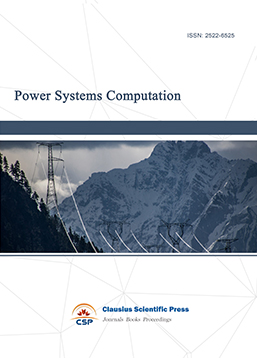
-
Internet of Things (IoT) and Engineering Applications
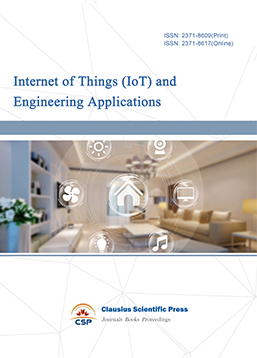
-
Computing, Performance and Communication Systems
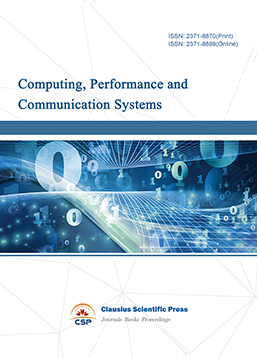
-
Journal of Artificial Intelligence Practice
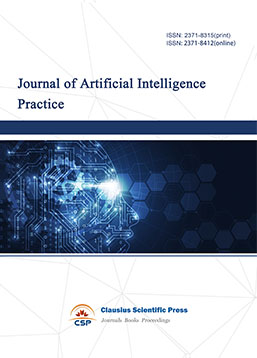
-
Advances in Computer, Signals and Systems
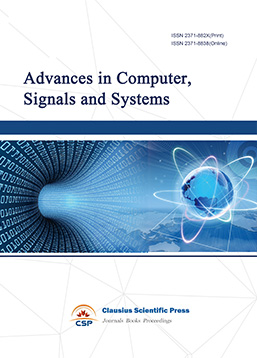
-
Journal of Network Computing and Applications
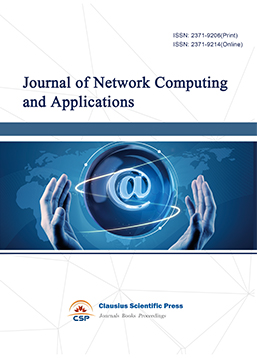
-
Journal of Web Systems and Applications
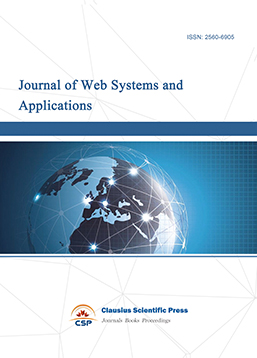
-
Journal of Electrotechnology, Electrical Engineering and Management
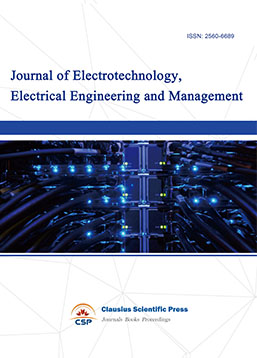
-
Journal of Wireless Sensors and Sensor Networks
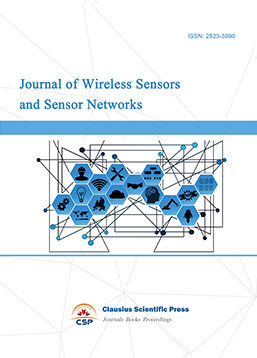
-
Journal of Image Processing Theory and Applications
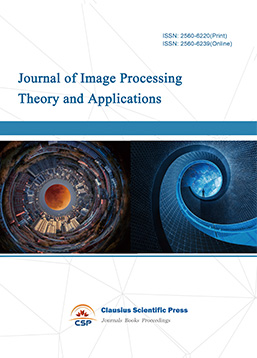
-
Mobile Computing and Networking
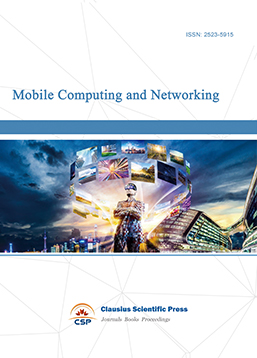
-
Vehicle Power and Propulsion
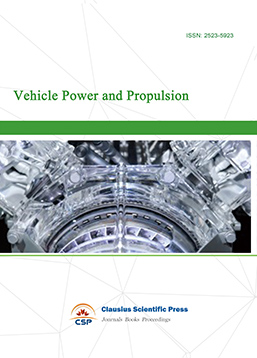
-
Frontiers in Computer Vision and Pattern Recognition
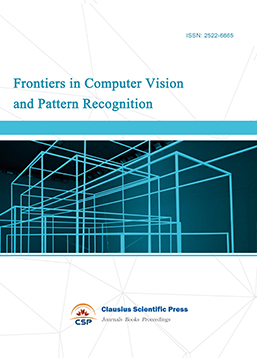
-
Knowledge Discovery and Data Mining Letters
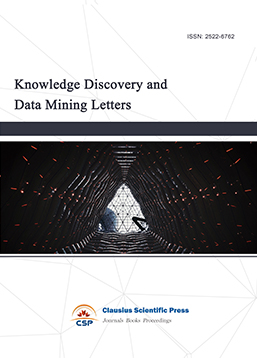
-
Big Data Analysis and Cloud Computing
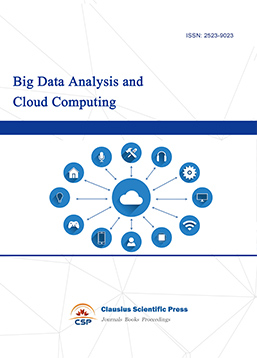
-
Electrical Insulation and Dielectrics
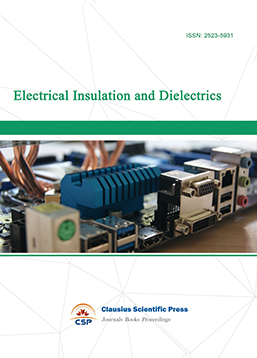
-
Crypto and Information Security
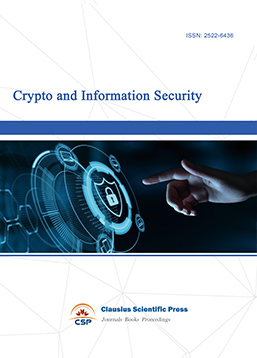
-
Journal of Neural Information Processing
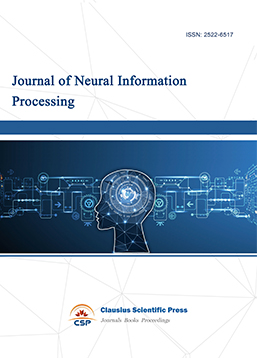
-
Collaborative and Social Computing
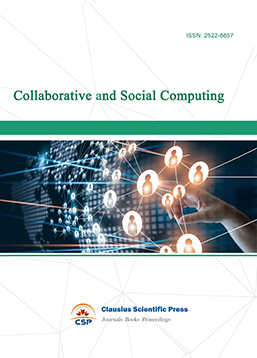
-
International Journal of Network and Communication Technology
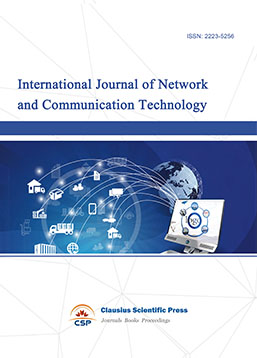
-
File and Storage Technologies
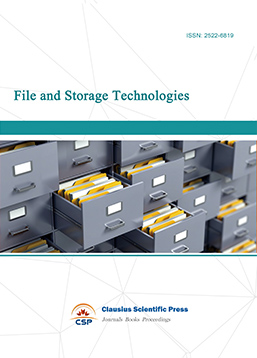
-
Frontiers in Genetic and Evolutionary Computation
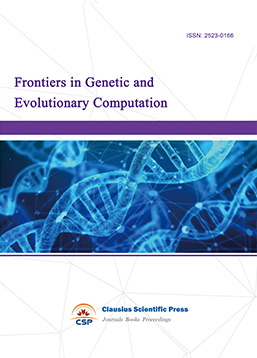
-
Optical Network Design and Modeling
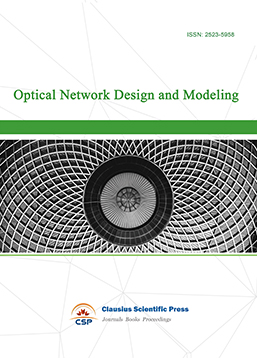
-
Journal of Virtual Reality and Artificial Intelligence
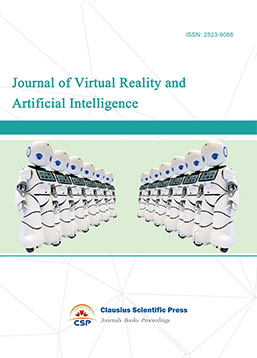
-
Natural Language Processing and Speech Recognition
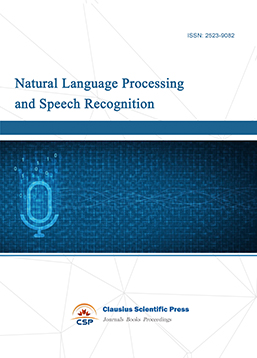
-
Journal of High-Voltage
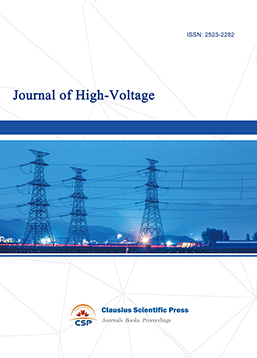
-
Programming Languages and Operating Systems
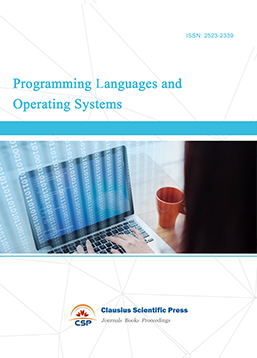
-
Visual Communications and Image Processing
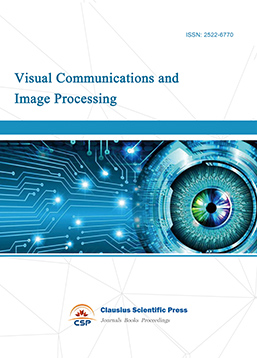
-
Journal of Systems Analysis and Integration
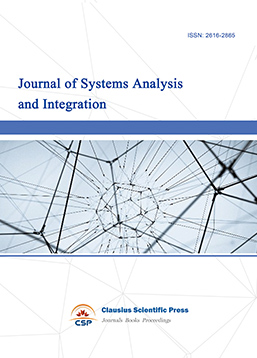
-
Knowledge Representation and Automated Reasoning
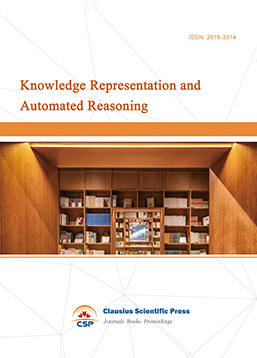
-
Review of Information Display Techniques
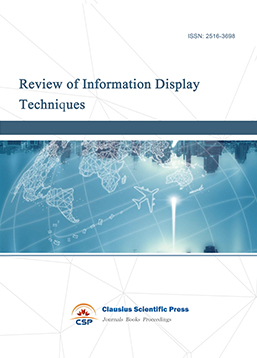
-
Data and Knowledge Engineering
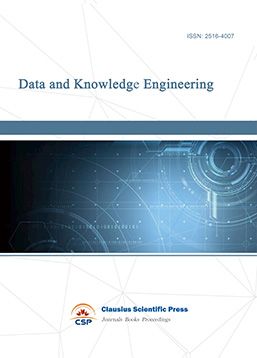
-
Journal of Database Systems
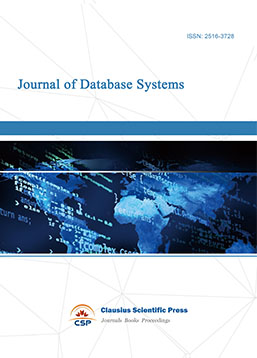
-
Journal of Cluster and Grid Computing
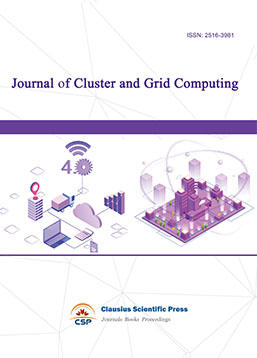
-
Cloud and Service-Oriented Computing
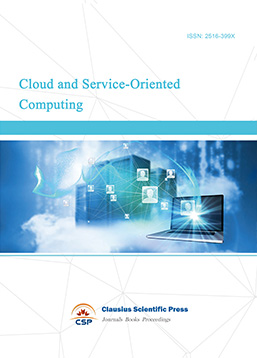
-
Journal of Networking, Architecture and Storage
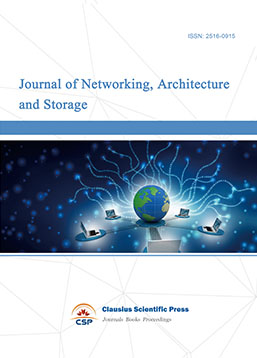
-
Journal of Software Engineering and Metrics
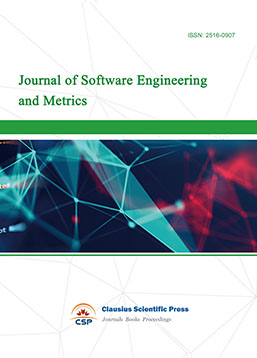
-
Visualization Techniques
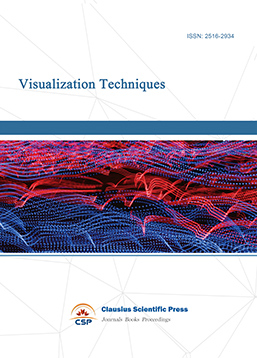
-
Journal of Parallel and Distributed Processing
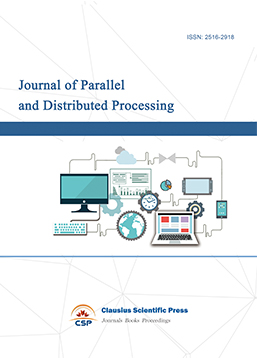
-
Journal of Modeling, Analysis and Simulation
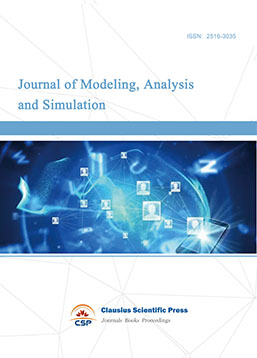
-
Journal of Privacy, Trust and Security
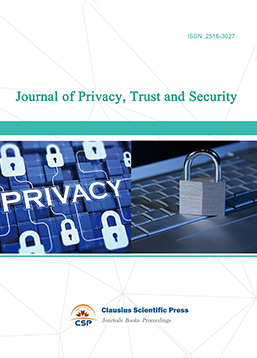
-
Journal of Cognitive Informatics and Cognitive Computing
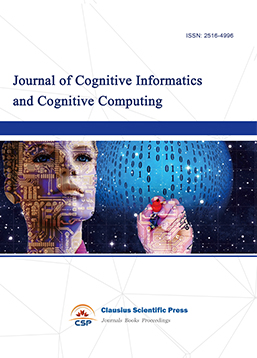
-
Lecture Notes on Wireless Networks and Communications
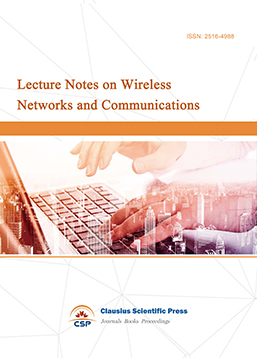
-
International Journal of Computer and Communications Security
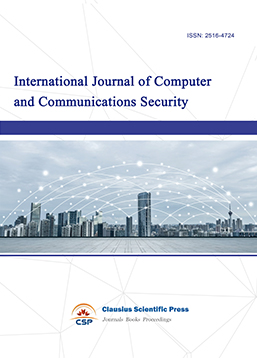
-
Journal of Multimedia Techniques
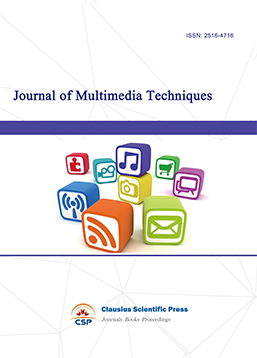
-
Computational Linguistics Letters
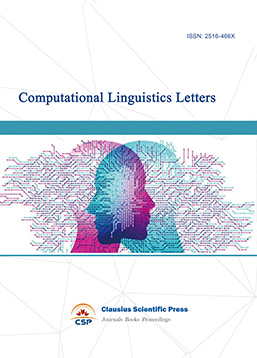
-
Journal of Computer Architecture and Design
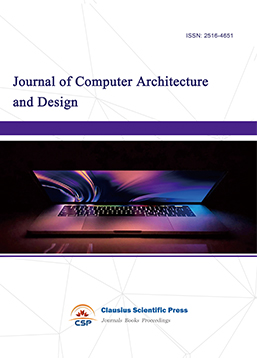
-
Journal of Ubiquitous and Future Networks
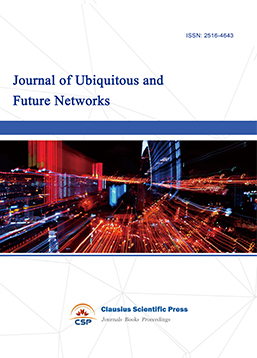

 Download as PDF
Download as PDF